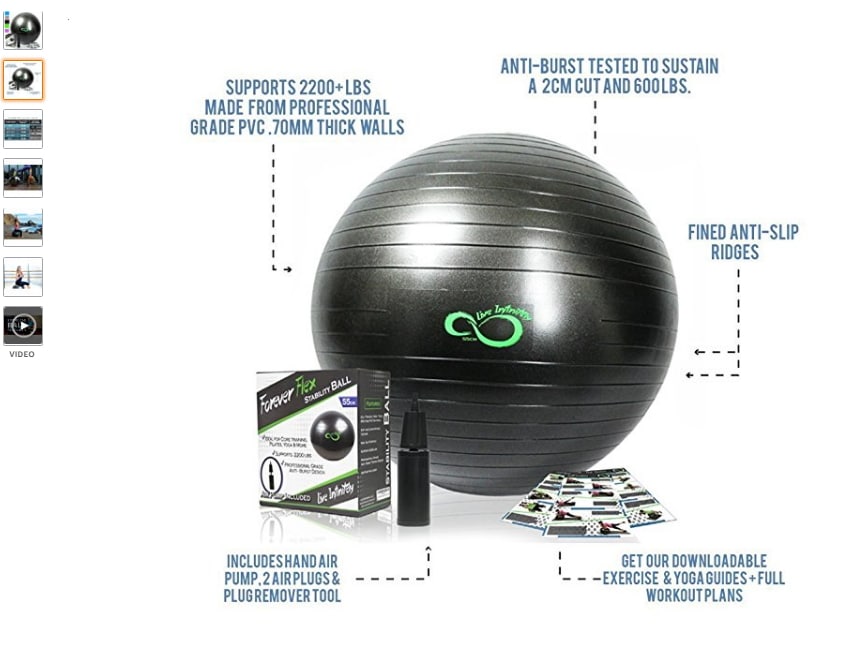Digital Photography Tips For Beginners: Mastering Your Video Camera In A Snap
Digital Photography Tips For Beginners: Mastering Your Video Camera In A Snap
Blog Article
Web Content Author-Christian Didriksen
When you first grab your cam, it can really feel frustrating with all the settings and choices offered. You may find yourself questioning how to browse aperture, shutter rate, and ISO effectively. Understanding these principles is crucial, yet there's even more to photography than just technical knowledge. Understanding structure strategies and lighting conditions can elevate your images significantly. So, what if you could find out easy methods to boost your abilities and begin capturing excellent photos quicker than you believe? Let's discover just how to transform your digital photography trip.
Comprehending Video Camera Setups
Comprehending your video camera setups is essential for catching sensational images. When you get your video camera, familiarize on your own with the three primary settings: aperture, shutter speed, and ISO. Each plays an important function in exactly how your photos end up.
Start with aperture, which controls the quantity of light going into the lens. A larger aperture (lower f-number) allows much more light and develops an attractive background blur, perfect for pictures. Alternatively, a narrower aperture (higher f-number) maintains even more of the scene in focus, ideal for landscapes.
Next off, focus on shutter rate. This setup figures out for how long your electronic camera's sensing unit is revealed to light. A fast shutter speed ices up motion, which is great for activity shots, while a sluggish shutter speed can create spectacular results like smooth water in landscapes.
Finally, change your ISO. This setup impacts your electronic camera's level of sensitivity to light. A higher ISO works in low-light situations yet can introduce noise or grain. Go for the most affordable ISO feasible while still achieving correct direct exposure.
Composition Techniques
When you're out capturing, structure can make all the difference in exactly how your pictures reverberate with visitors. Begin by using the guideline of thirds; imagine your frame separated into nine equivalent areas with 2 horizontal and 2 vertical lines. http://faviola431dagny.booklikes.com/post/6569474/prepare-to-uncover-the-keys-of-travel-digital-photography-fundamentals-that-will-change-your-experiences-right-into-fascinating-aesthetic-stories-however-what-essential-techniques-will-you-uncover along these lines or at their intersections to develop balance and rate of interest.
Next off, think about leading https://zenwriting.net/russel30luann/open-the-secrets-to-finding-the-ideal-camera-for-your-needs-but-which-kind . These all-natural lines in your scene, like roadways or rivers, draw the customer's eye into the photo, directing them through the story you're telling.
Do not forget about framing; usage aspects within your scene, like trees or windows, to develop a frame around your subject, including depth and focus.
Additionally, watch on your history. Studio Photo can distract from your main topic, while a simple one aids it attract attention.
Lastly, explore balance and patterns; they can develop a striking image that records attention.
Learning Illumination Conditions
Understanding lighting conditions is critical for recording magnificent photos, as the ideal light can change an average scene into something extraordinary.
Beginning by observing all-natural light at different times of the day. Early mornings and late afternoons supply the very best light, referred to as the gold hour. The soft, warm tones during these times can improve your images magnificently.
Do not shy away from overcast days either; diffused light can reduce harsh shadows and create a pleasing result, specifically for portraits.
Try out backlighting by placing your topic versus the light. This strategy can produce a wonderful halo impact and include deepness to your pictures.
Take notice of your video camera settings also. Readjust the ISO, aperture, and shutter rate to match the lights conditions. A greater ISO can aid in reduced light, however be cautious of grain.
Use a tripod in darker atmospheres to prevent blur.
Lastly, don't neglect fabricated lights. Flash and continual lights can be terrific devices for managing light in tough problems.
Verdict
To conclude, mastering your electronic camera doesn't have to be overwhelming. By recognizing your setups, applying composition methods, and utilizing the power of all-natural light, you'll promptly elevate your digital photography skills. Remember, practice makes perfect, so get out there and trying out your newly found knowledge. With time and commitment, you'll be catching sensational photos that mirror your distinct viewpoint. Delight in the journey, and do not neglect to enjoy while you're at it!
